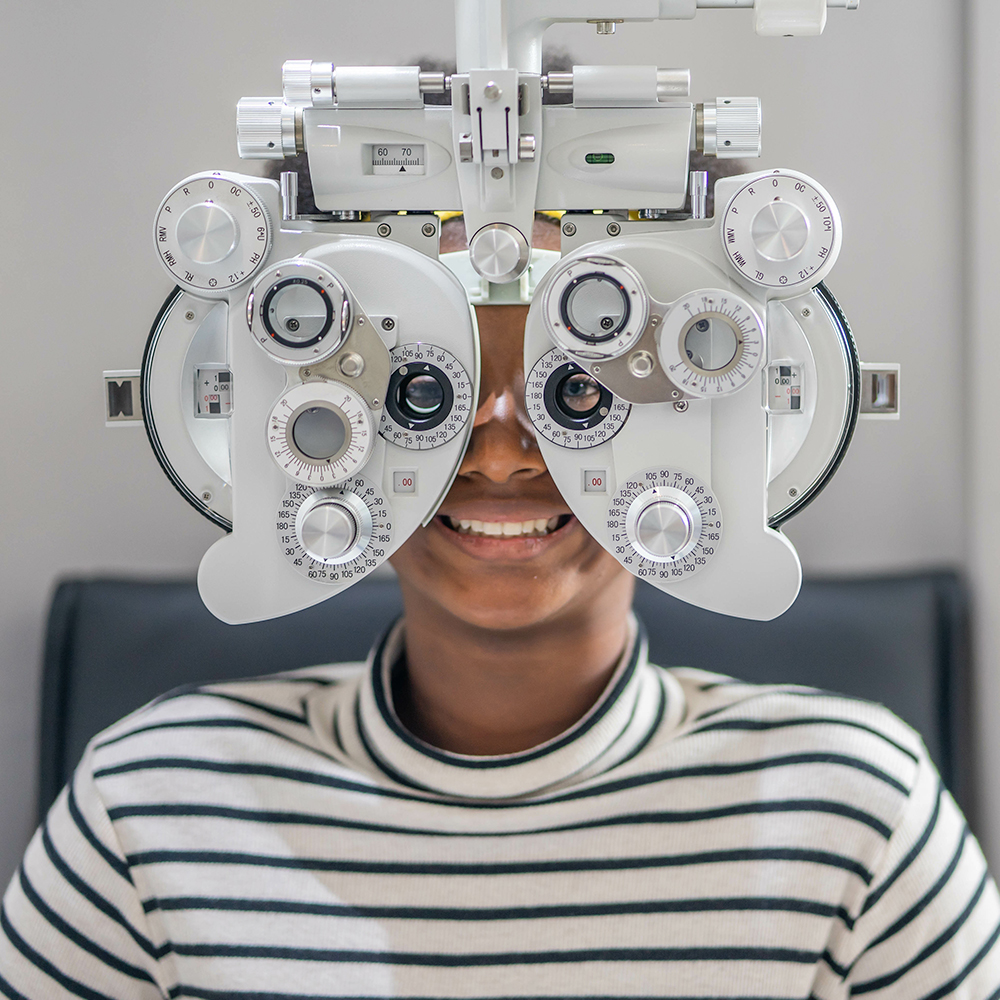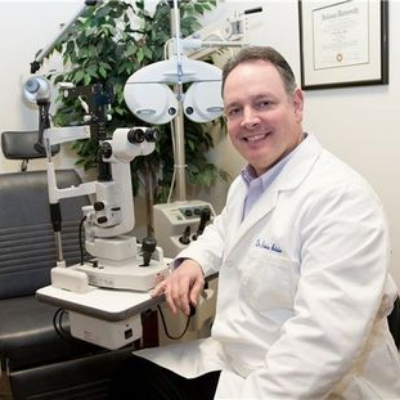Recognizing the Comprehensive Function of an Eye Doctor in Modern Eye Care
With advancements in innovation and an increasing focus on preventive treatment, optometrists are indispensable in diagnosing and taking care of chronic eye conditions, while additionally involving in early disease discovery. How do these responsibilities converge with their role in promoting general eye health, and what does this mean for person results in a collective healthcare environment?
Expanded Range of Method
In current years, the function of optometrists has developed substantially, with numerous specialists currently accepting an increased scope of practice that prolongs beyond standard eye evaluations. Their obligations now incorporate a broad variety of solutions, including suggesting medications for eye conditions, handling chronic eye conditions, and doing small surgical procedures.
Even more, eye doctors are now much more involved in collective treatment, working carefully with ophthalmologists, health care medical professionals, and various other healthcare professionals to guarantee holistic individual care. This interprofessional cooperation is critical in managing complicated instances that need a multidisciplinary method. Additionally, optometrists are playing an essential duty in public wellness campaigns, such as vision screenings and eye wellness education, focused on enhancing neighborhood health and wellness outcomes.
The expanded scope of practice for eye doctors not only enhances their capacity to provide extensive treatment however likewise resolves the growing demand for easily accessible and reliable eye care solutions, adding to overall medical care renovations.
Very Early Disease Detection
Early detection of eye illness is progressively coming to be a centerpiece in the increased duty of optometrists. As main eye treatment providers, optometrists are distinctively placed to recognize very early indicators of ocular conditions such as glaucoma, macular deterioration, diabetic person retinopathy, and cataracts. This essential role is important, as very early medical diagnosis can dramatically enhance the administration and prognosis of these conditions, potentially protecting against vision loss and boosting person outcomes.
Optometrists employ thorough eye assessments to find refined changes in vision and eye wellness. These evaluations commonly consist of analyses of aesthetic skill, intraocular stress, and retinal health. The capacity to identify very early signs of systemic wellness concerns, such as high blood pressure and diabetes mellitus, with eye indicators further highlights the importance of regular eye examinations. Early treatment is not only beneficial in preserving vision yet additionally in decreasing healthcare costs related to sophisticated disease therapies.
Moreover, eye doctors play an essential role in person education and learning, stressing the value of regular eye examinations as component of overall health maintenance. By promoting an aggressive approach to eye care, eye doctors add considerably to public health, guaranteeing diseases are captured and managed efficiently prior to they can progress.
Advanced Diagnostic Techniques
Advanced analysis methods have changed the method of optometry, allowing experts to spot and keep an eye on eye diseases with unprecedented accuracy. Technologies such as optical comprehensibility tomography (OCT) give high-resolution, cross-sectional images of the retina, helping with early discovery of conditions like glaucoma and macular deterioration.
An additional vital innovation is electronic retinal imaging, which records comprehensive sights of the retina using high-definition electronic cameras. This technology is essential in determining modifications in retinal structure in time, therefore aiding in the monitoring of problems like diabetic retinopathy. Aesthetic area screening, enhanced by here are the findings computer-aided systems, permits precise mapping of an individual's line of vision, vital in tracking and identifying glaucoma development.
Corneal topography, an additional notable analysis device, produces topographic maps of the cornea's surface. This is particularly beneficial in fitting get in touch with lenses and preparing refractive surgery. These advanced analysis techniques collectively make it possible for eye doctors to give aggressive, targeted treatment, making sure better client outcomes and reinforcing their pivotal role in eye wellness management.
Handling Chronic Eye Problems
Taking care of persistent eye conditions is a foundation of optometric care that needs an extensive understanding of various ocular diseases and their long-term implications. Optometrists play an essential duty in diagnosing, handling, and surveillance conditions such as glaucoma, diabetic retinopathy, and age-related macular degeneration. These problems, if left unattended, can result in considerable aesthetic impairment or loss of sight, highlighting the crucial value of ongoing care and management.
Optometrists employ a series of diagnostic devices, consisting of optical comprehensibility tomography (OCT), aesthetic area screening, and fundus photography, to assess the development of these chronic conditions. By closely keeping track of adjustments in ocular health and wellness, optometrists can readjust treatment strategies to reduce illness development. This may involve prescribing medicines, advising way of living adjustments, or collaborating with eye doctors for surgical treatments when required.

Role in Preventive Treatment
Preventative care is a basic element of optometry that concentrates on keeping eye health and wellness visit and avoiding the beginning of eye diseases. Optometrists play an essential role in very early detection and avoidance, employing regular eye exams to identify risk variables and refined adjustments in eye health and wellness. Eye Doctor Optometrist. These exams are not merely about vision adjustment but incorporate an extensive evaluation of eye functions and structures, making it possible for the recognition of conditions such as glaucoma, cataracts, and macular degeneration at a beginning
In addition to diagnostics, eye doctors inform people on way of living options that advertise eye health and wellness, such as correct nourishment, UV this contact form protection, and the relevance of normal eye check-ups. They advise on the right usage of electronic devices to avoid digital eye pressure, an expanding issue in the digital age. Optometrists also give advice on protective glasses for job-related and leisure activities, minimizing the threat of injury.
Preventive eye care expands to systemic wellness issues that manifest in the eyes, such as diabetes mellitus and hypertension. By collaborating with various other medical care specialists, eye doctors add to alternative individual treatment, stressing the interconnectedness of systemic and ocular health. This aggressive approach is essential in safeguarding visual acuity and general wellness.
Conclusion
Optometrists currently inhabit a crucial duty in modern eye care, identified by a broadened extent that includes identifying and taking care of persistent eye problems, recommending drugs, and doing minor surgeries (Eye Doctor). Their proficiency in very early disease detection is boosted by innovative diagnostic methods such as optical comprehensibility tomography and digital retinal imaging. By stressing precautionary care and client education and learning, optometrists add substantially to total eye health and wellness, working together with other healthcare specialists to ensure extensive and effective client results

In enhancement to diagnostics, optometrists inform people on way of living options that advertise eye health and wellness, such as proper nourishment, UV protection, and the value of routine eye examinations.Precautionary eye care prolongs to systemic health problems that manifest in the eyes, such as diabetes mellitus and high blood pressure.Optometrists currently inhabit a pivotal role in contemporary eye treatment, defined by an increased extent that includes detecting and taking care of persistent eye conditions, suggesting drugs, and performing small surgical procedures.